This post may have affiliate links. If you click one of these links and make a purchase, we will be paid a commission at no additional cost to you.
There’s nothing better than eating fresh greens for your favorite salad or on a sandwich. Lettuce is one of the favorites for fall and winter gardeners, not just because of its taste, but also for its nutrient benefits. Plus it comes in so many different varieties and could not be easier to grow in abundance.
The fun thing about lettuce is that you can harvest it by just cutting off the tops for as much as you need and it will continue growing. You can continue harvesting and it will continue growing, so you have an ample supply any time you want it.
This nutritious crop is an ideal garden vegetable. You can grow it anywhere: In small areas or big garden plots and even in pots and containers. A lot of varieties can even mature in as fast as thirty days and can also be harvested like microgreens.
Lettuce is a cool-season crop. It grows best during the spring and fall seasons. But unknown to many people, it can also tolerate a light frost and you can even grow lettuce during winter.
If you are wondering how you can grow lettuce during winter and you are ready to take on the challenge, here are some tips and techniques you can try to have a steady growth of your favorite greens.
Winter Lettuce Varieties
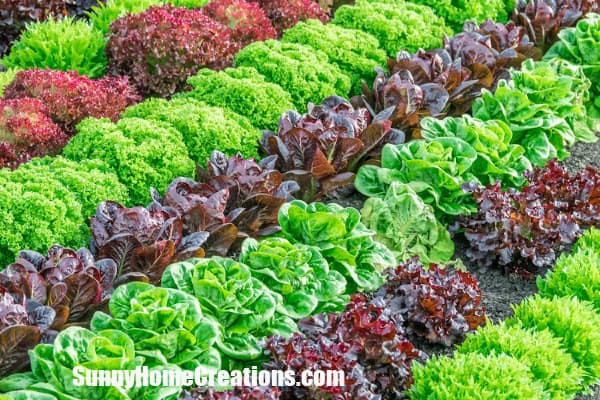
There are a lot of varieties of lettuce you can grow at home. They are different in terms of texture, color, height, shape, and taste.
It’s important to know which varieties will grow during the winter. Start with those that can thrive in cool soil with low light conditions like:
Romaine
Black-Seeded Simpson
Winter Marvel
Arctic King
Rouge d’Hiver
Yankee Hardy
Loose Leaf
How to Prepare Soil for Lettuce
Once you’ve chosen the varieties you’d like to grow you’ll need to properly prepare your soil.
The soil you’ll use will play a big role in the growth of your greens.
Choose a sheltered spot in your garden and prepare the soil by digging your hole and mixing in some organic compost and manure. These will add the nutrients the lettuce needs during its growth period and will also help the soil retain moisture.
If you have limited space in your garden, you can also grow lettuce in pots or window boxes. With this option, you need to use compost mixed with a high-quality potting medium.
Planting Lettuce Seeds
To make sure that you can harvest high-quality salad greens even in the winter, you need to maintain a ready supply of seedlings.
You can start seeds indoors, while it is still too warm out. You can grow the seeds in a greenhouse, in a sunroom, or even under grow lights.
Use a high-quality potting mix or a seed starting mix and you can start them in styrofoam cups, or cardboard egg cartons.
If you choose to start seeds under grow lights, cover the plants until you see the seeds sprouting, once they sprout, then you can use your chosen lighting method. You can use grow lights, or even fluorescent bulbs and place them no more than 2 inches above the plants for 15 hours a day.
Once the seedlings start to show their first set of true leaves (which are actually the 2nd set of leaves that grow), they are ready to be transplanted into individual growing cells and you can transplant them in your garden beds or pots and containers after two weeks.
Just be sure to harden them off before planting outside.
Take them outside for half an hour the first day and set them in a sheltered location, and increase the time by half an hour to one hour a day for about a week to get them acclimated to the harshness of the weather, sun, wind, and rain. Then you can transplant them and they should do fine.
The Frost
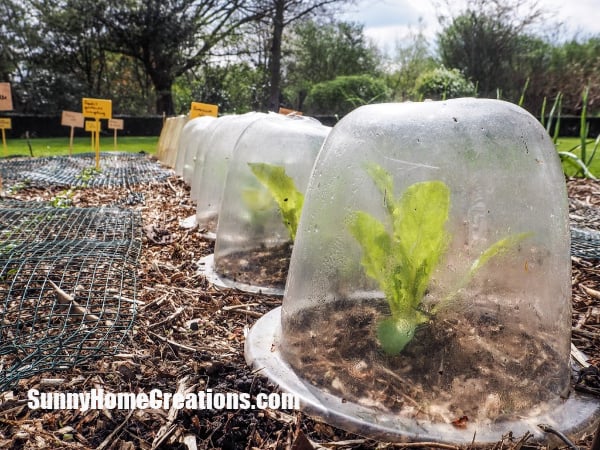
If you want to keep your lettuce safe from frost, a greenhouse can provide the best protection. However many varieties of lettuce are hardy against a mild frost.
You can grow your lettuce in a greenhouse quite successfully. If you don’t have a greenhouse, you can cover the plants with polypropylene floating mulch for extra insulation. A bubble wrap on top of the plants as well as cold frames are also good options.
The Sun
If you opt to plant your lettuces in pots or containers indoors, you need to max out the sun as much as possible.
Put the seedlings in a sunny window. Keep the blinds or curtains on the windows up and away from the plants. Your plants need at least 12 hours of sunlight a day.
If you don’t have enough sunlight indoors, you can also grow them under grow lights. But keep in mind that lettuces that grow under a grow light need more time under the light. You need to give them at least 14 to 16 hours a day.
Watering Lettuce
A key in maintaining the health of your plants is consistent soil moisture. Water your greens regularly during the winter.
To know if your greens need watering, stick your finger into the soil. If it feels dried out, it’s time to water the plants. When the leaves are also visibly wilted, that means your plants are thirsty.
You can opt to use self-watering containers as well, to prevent frequent watering.
Fertilizing Lettuce
Fertilize your plants about three weeks after transplanting. Lettuces need nitrogen-rich soil in order to grow healthily. You can use a water soluble fertilizer and spray it onto the plant leaves and base about three weeks after you planted them or once you begin to see the plant growing steadily.
You can also use a slow-release fertilizer or a granular fertilizer and mix it into the soil. Seaweed or fish emulsion fertilizers might emit a strong odor but they also work best on lettuce.
Mulching Lettuce
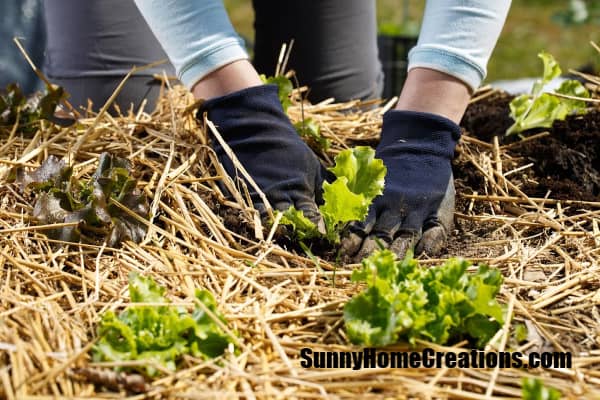
To conserve moisture in the soil, to control weeds, and to keep the soil from becoming too cold or too warm, apply an extra layer of mulch around your plants.
Mulching can also keep the soil from touching the lettuce leaves and can prevent soil-borne diseases from spreading. Your mulch can be a combination of compost, straw, and leaves.
When adding mulch, one way is to lay two to three sheets of newspaper around the base of the plants first. The newspaper is an excellent base for the organic mulch. Then spread the mulch on top of the newspaper until it’s approximately three inches deep.
After applying the mulch around your lettuce plants (if you don’t layer with newspaper), check it again after about two to three days. Chances are, the mulch will settle into the soil. If the mulch has settled, apply more of the same material that you used until it reaches the three inch depth again.
Just because it’s winter doesn’t mean that you can’t plant lettuce in your garden. As long as you know the techniques for how to grow the varieties during the cold season, you can successfully grow them at home. If you want more info about winter gardening, check out this winter gardening guide.
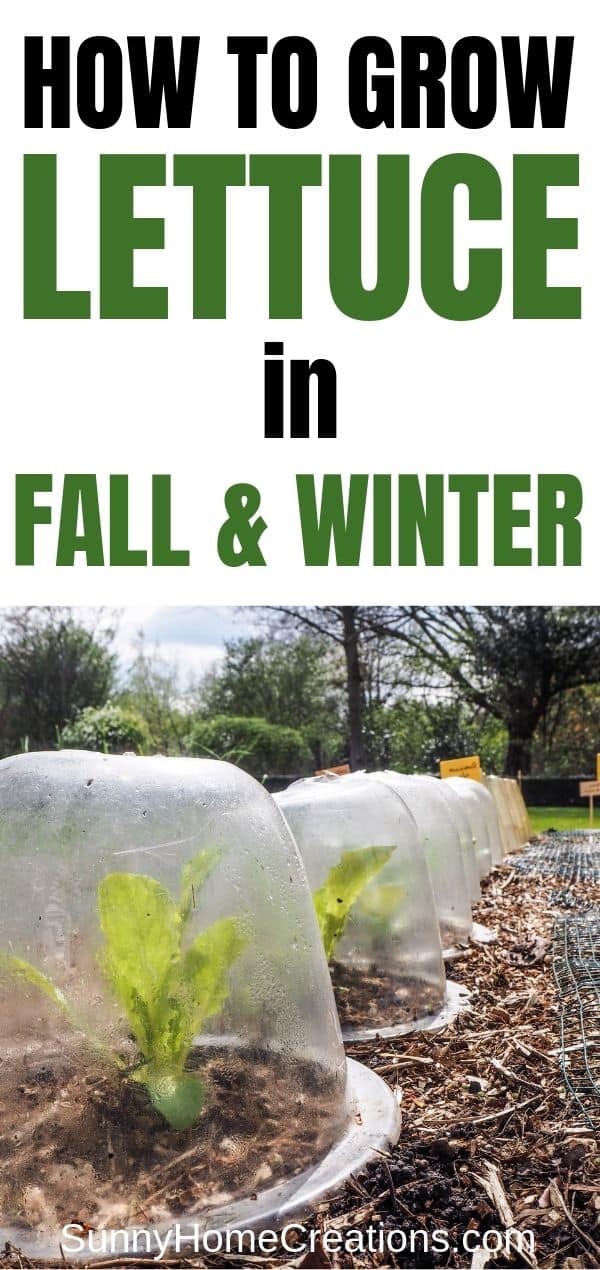
Other Gardening Posts You Might Enjoy:
Fall Veggies to Grow
Awesome Bulbs to Plant in Fall
Front Porch Flowers for Fall

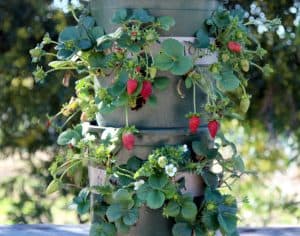
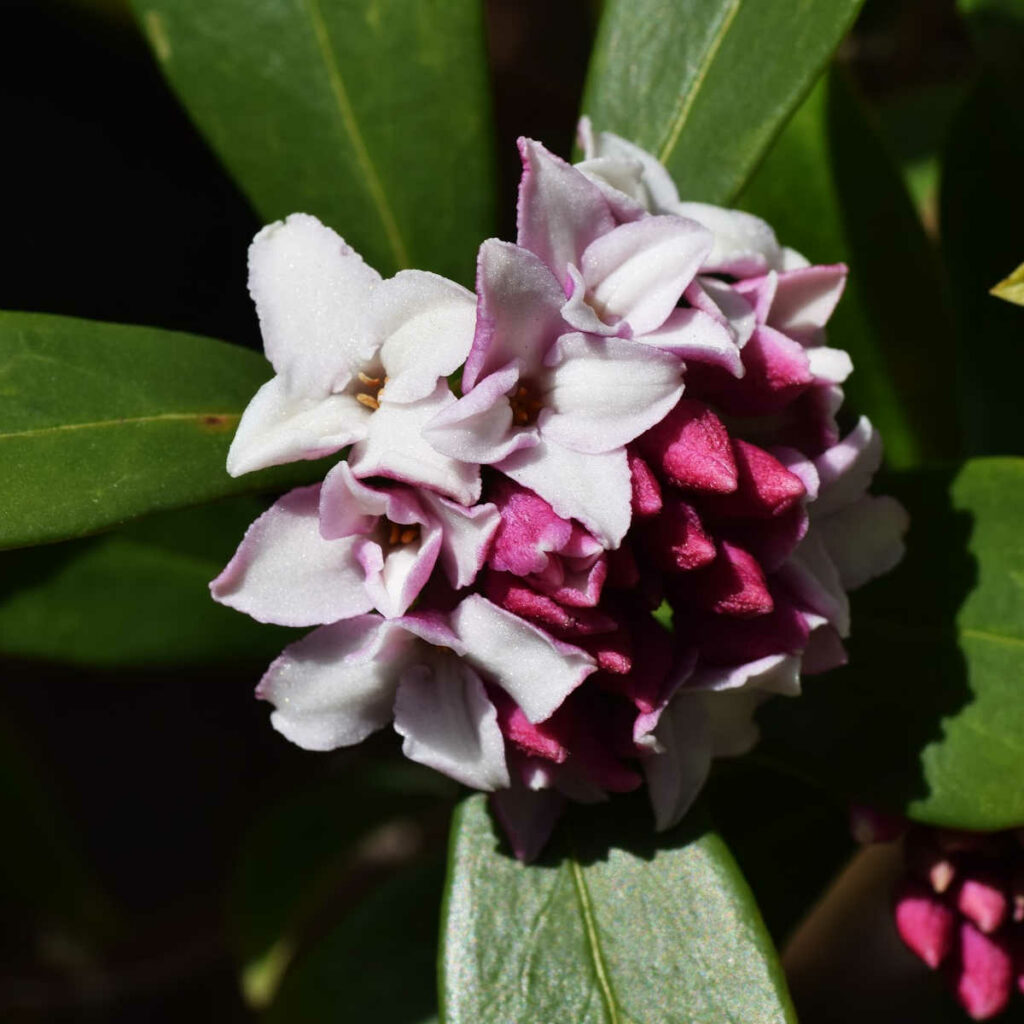
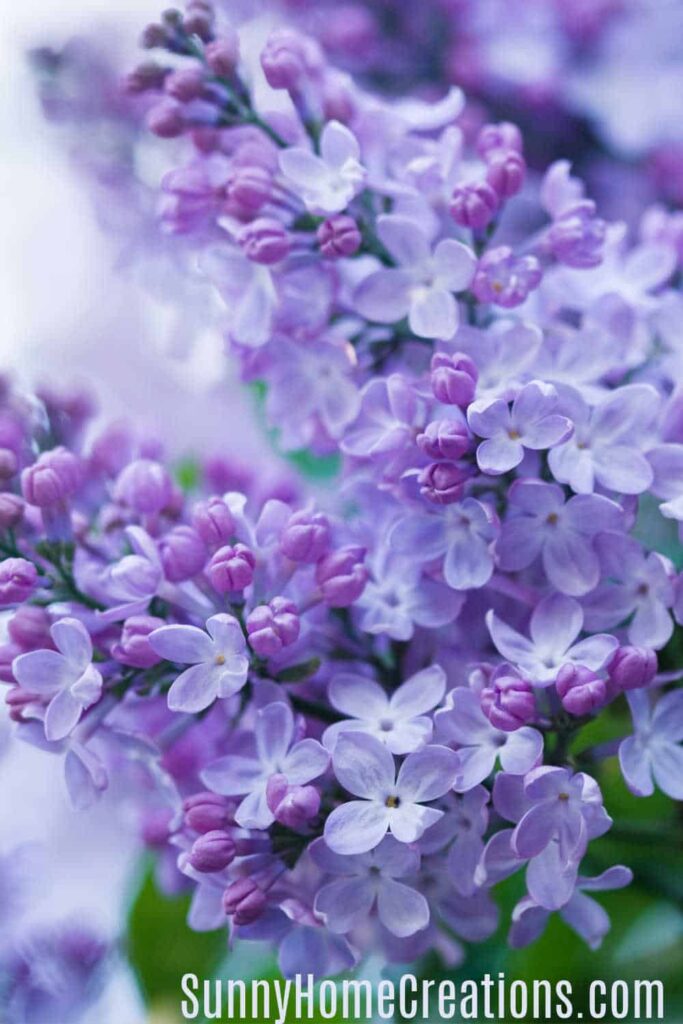

Leave a Reply